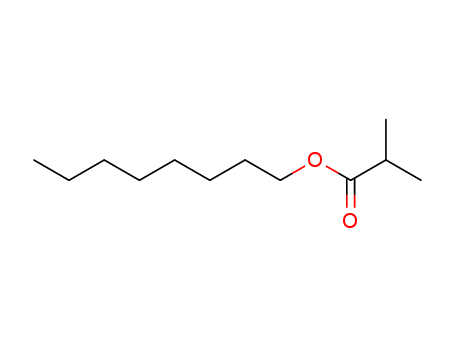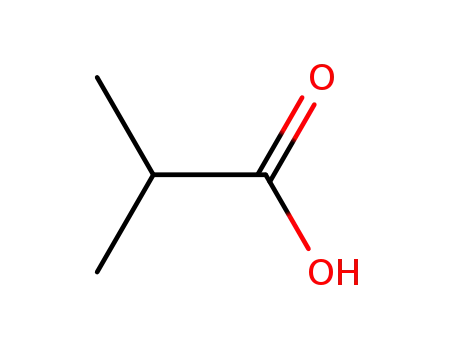- +86-0533-2185556
- +86 15965530500
- admin@hangyubiotech.com
Your Location:Home >Products >Pharmaceutical intermediate >109-15-9


pd_meltingpoint:-56°C (estimate)
Appearance:colorless to pale yellow clear liquid
Purity:99%
|
Preparation |
Esterification of n-octanol with isobutyric acid. |
|
Metabolism |
Isobutyrates are hydrolysed to materials that are either normally in the diet or readily converted to such materials (Fassett, 1963a). Isobutyric acid occurs normally in the metabolism of valine, being converted to a propionyl group and entering into the glycogenic process (Fassett, 1963b). π-Octanol is largely oxidized in vivo; about 10% is excreted conjugated with glucuronic acid in rabbits. Isomeric octanols may be more highly conjugated; they may also be oxidized to the ketone or may be excreted unchanged (Williams, 1959). |
|
Aroma threshold values |
Detection: 6 ppb |
|
Taste threshold values |
Taste characteristics at 30 ppm: creamy, waxy, fruity, earthy and fatty. |
InChI:InChI=1/C12H24O2/c1-4-5-6-7-8-9-10-14-12(13)11(2)3/h11H,4-10H2,1-3H3
An electrophilic trifluoromethylation of...
New halogen-free Br?nsted acidic deep eu...
Erbium(iii) chloride is a powerful catal...
A trace amount of magnesium perchlorate ...

octanol


isobutyric Acid


n-octyl isobutanoate
| Conditions | Yield |
|---|---|
|
With
tetra-N-butylammonium tribromide;
for 3h;
Inert atmosphere;
Reflux;
|
97% |
|
With
Rhizomucor miehei lipase;
In
n-heptane;
at 40 ℃;
for 24h;
Enzymatic reaction;
|
95.5% |
|
With
trimethylcyclohexylammonium methanesulfonate; toluene-4-sulfonic acid;
at 80 ℃;
for 2h;
|
85 %Chromat. |

octanol


2-Methylpropionic anhydride


n-octyl isobutanoate
| Conditions | Yield |
|---|---|
|
With
erbium(III) chloride;
at 50 ℃;
for 1.2h;
|
99% |
|
With
magnesium(II) perchlorate;
at 20 ℃;
for 5h;
|
98% |

2-Methyl-oxirane-2-carboxylic acid octyl ester

octanol

2-Methylpropionic anhydride

isobutyric Acid
CAS:112163-33-4
CAS:112-34-5
CAS:53772-83-1
CAS:1092351-67-1